Coding Interview Bootcamp
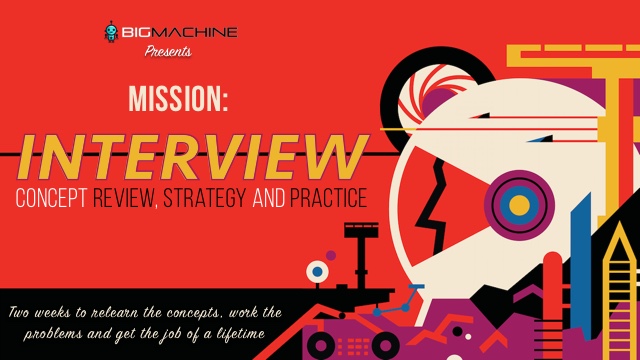
This is a premium course
And it's amazing and you'll love it, I promise (and guarantee it).

Review: Big-O Notation
It's a thing you'll need to know if you plan to get through any interview. It's actually quite useful and in this post I'll hopefully make the case that's it's simple as well.

Review: Data Structures
Let’s review data structures! It’s fun and exciting! In this section you’ll review and then build your very own data structures along with me! I’ll be using JavaScript to code mine, but feel free to use whatever language you like.
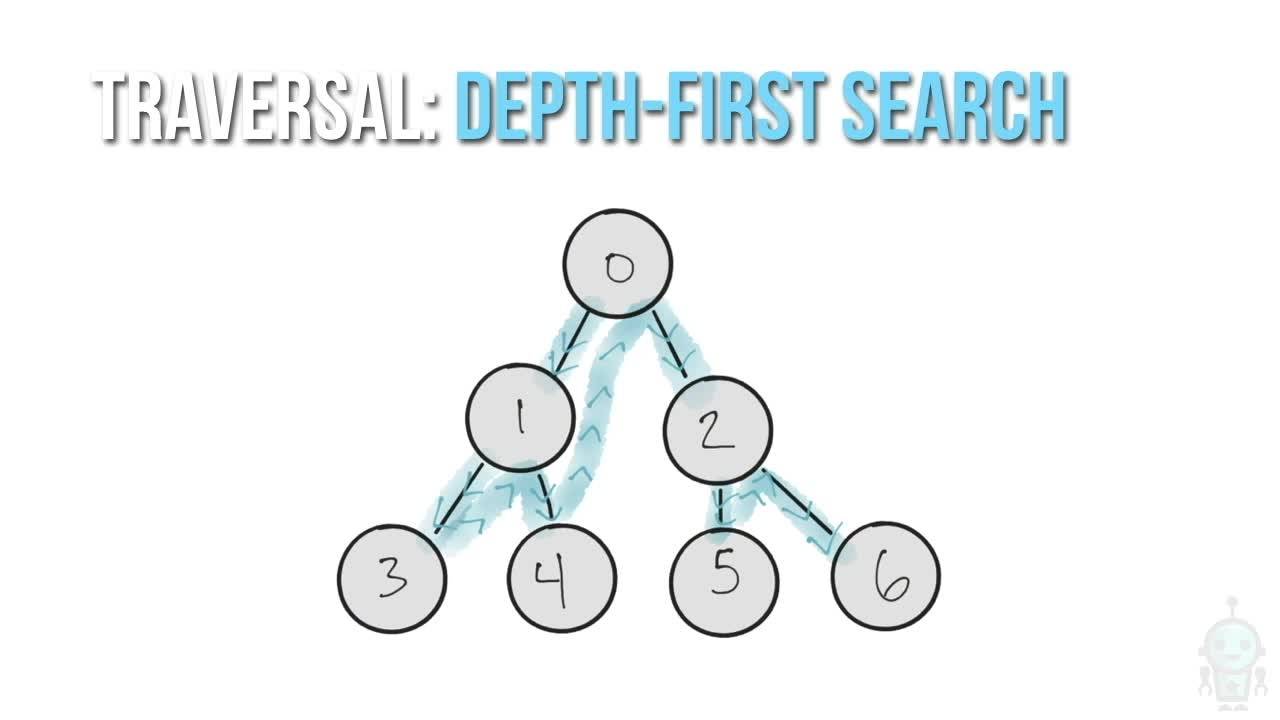
Review: Algorithms and Strategies
Now the fun starts! We have our data structures and now we need to focus on the algorithms we’re likely to be asked about in an interview. But that’s not enough! What you really need to do is to be able to tease out the strategy that you’ll need to use in combination with your data structures and algorithms. That will help you answer almost any interview question.

Your Interview Mindset
You're not going to make it through this section unless you have the right frame of mind. Simply wanting a job isn't enough - you need to calm yourself and focus.

Getting Past the Screener
Before you get to the white board you'll likely have to pass an introductory screening interview - a short call (or in person meeting) to suss out what you know.
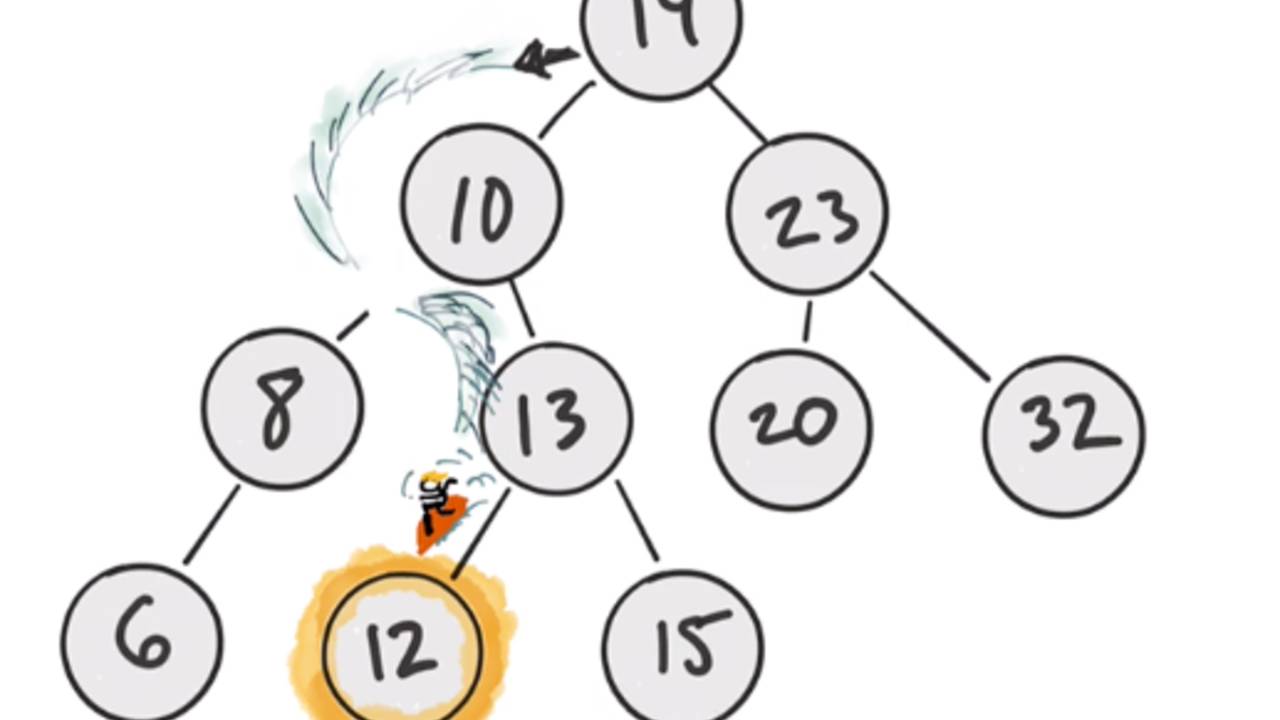
Databases: How Would You Implement...?
Screener questions tend to have a bit more broad and, typically, based on your experience... sometimes not. Think about how you would answer this one about databases.
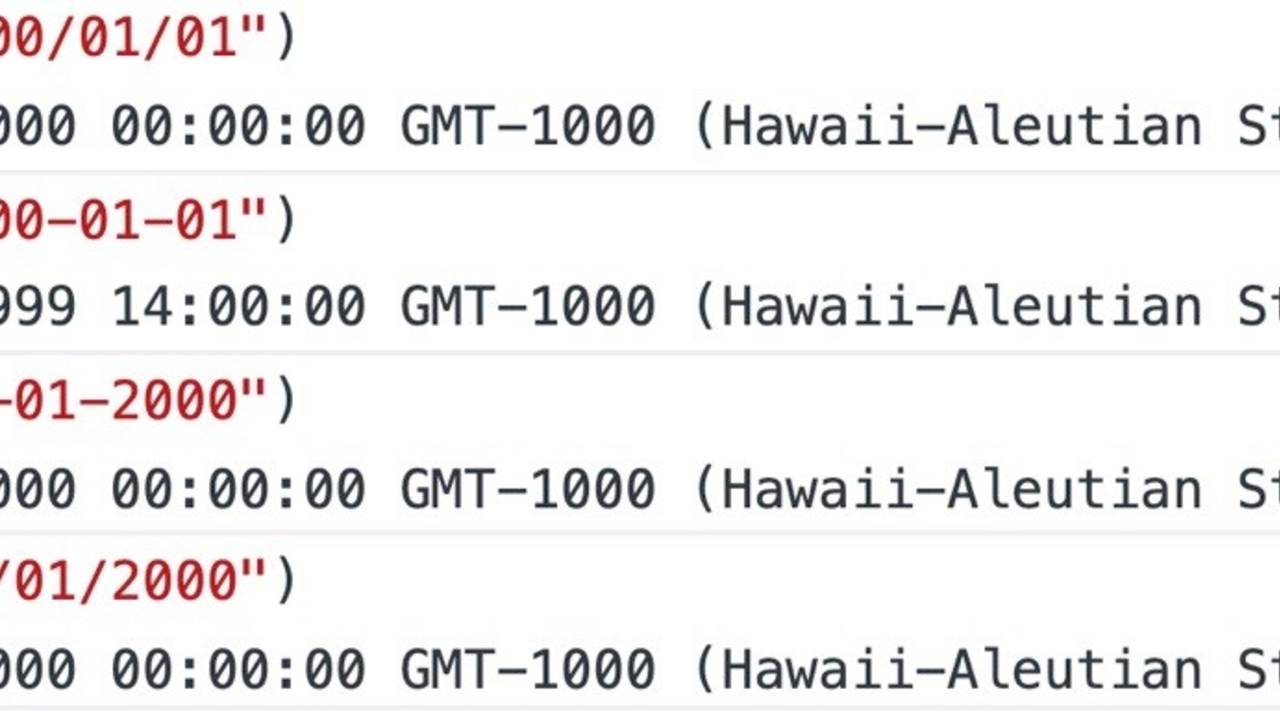
JavaScript: What Time Is It?
Sometimes a potential interviewer will 'cosplay' with you - pretending that you work at the company and seeing how you might solve one of their realworld problems.

Understanding the Mechanics of The Interview Question
Don't hate me... and PLEASE don't skip this video. Let's walk through Fibonacci together as a way of understanding how interviewers will flex and extend a single question to dig into your brain.
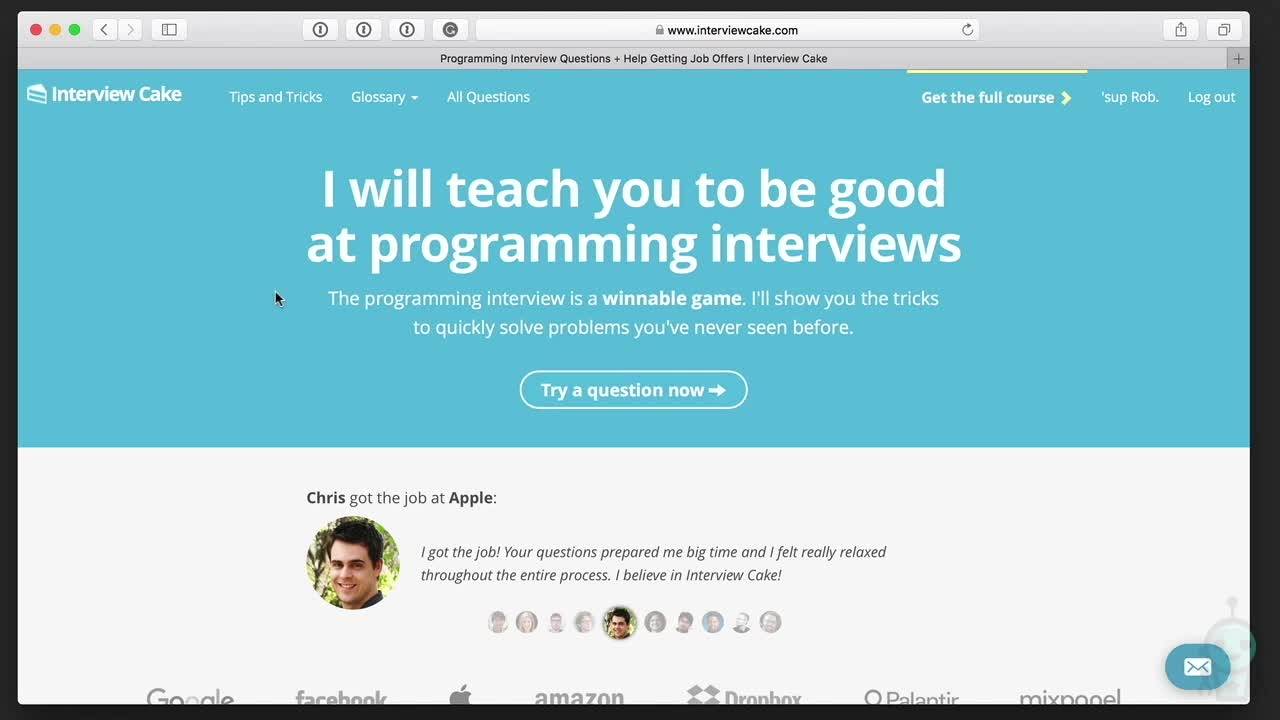
Practice: Stock Price Calculation
This is a real interview question that comes straight from Amazon. You'll be writing this one by hand so remember your strategies.
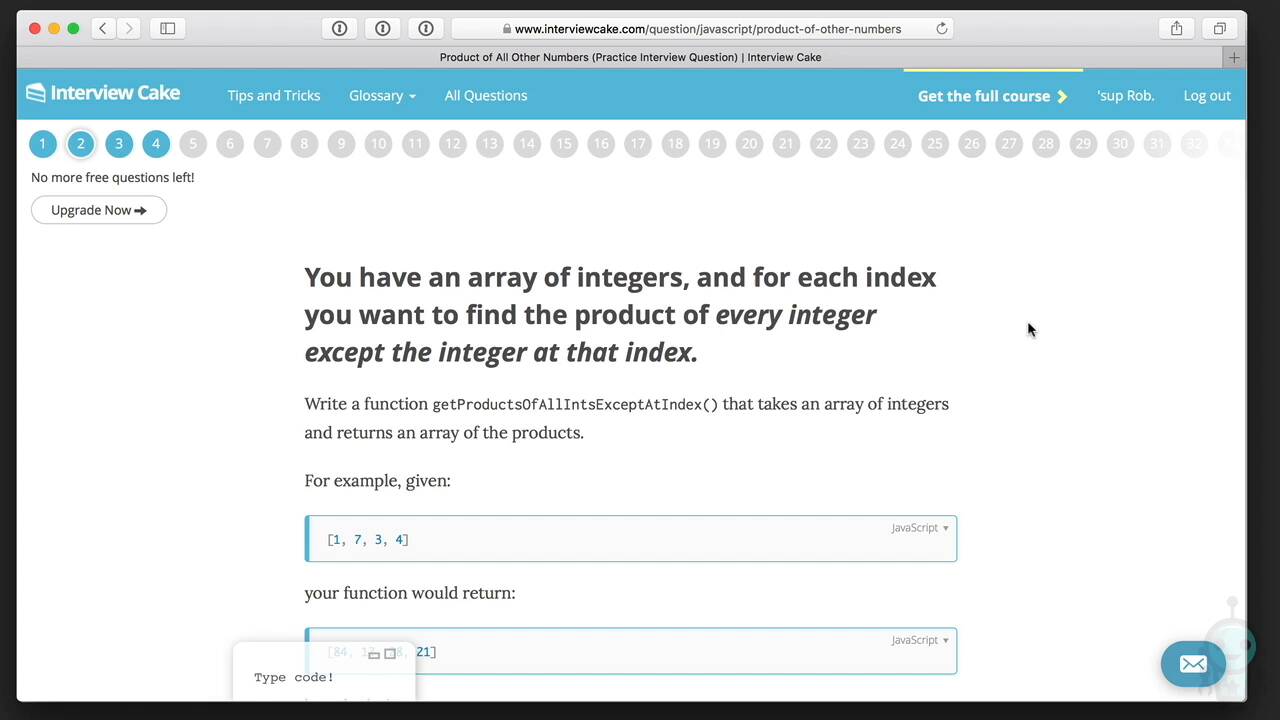
Practice: Product of All Numbers But This
A straightforward problem that, at first, seems daunting - until you break it down and apply the strategies you know.
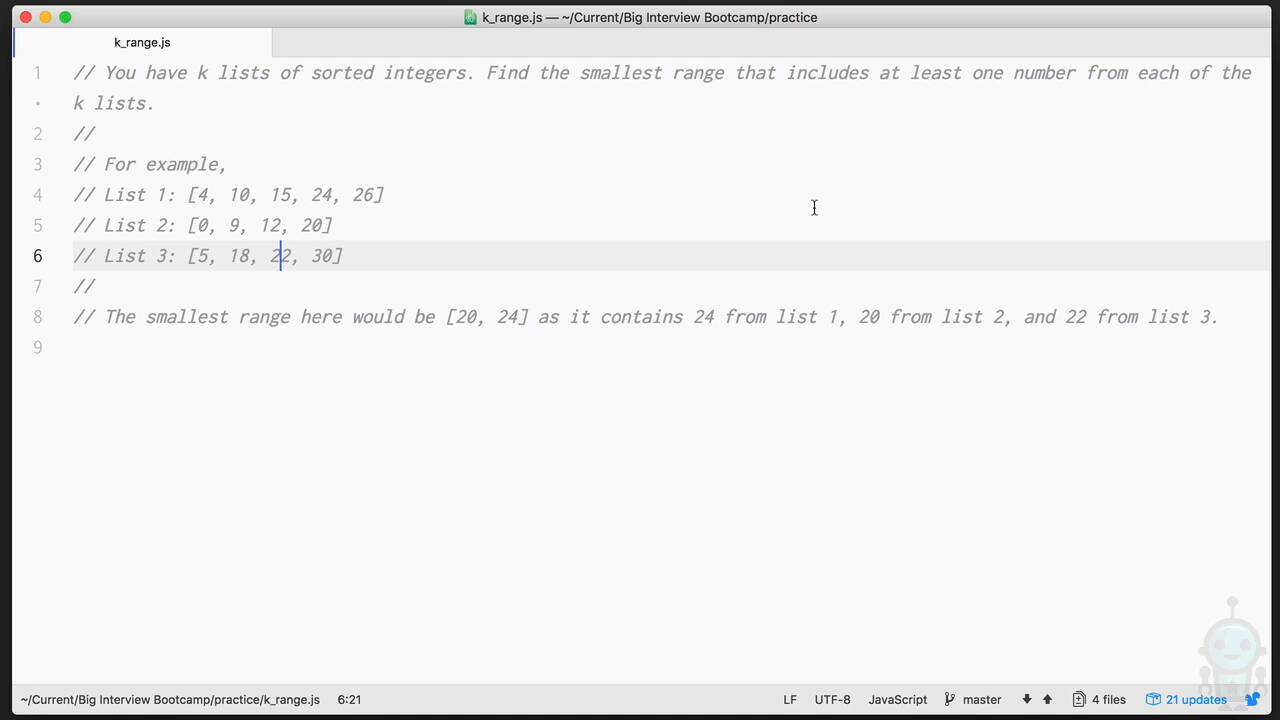
Practice: Smallest Range of K Lists
This is a tough one and you might struggle with it some. If you do, practice speaking aloud to get help from the interviewer.
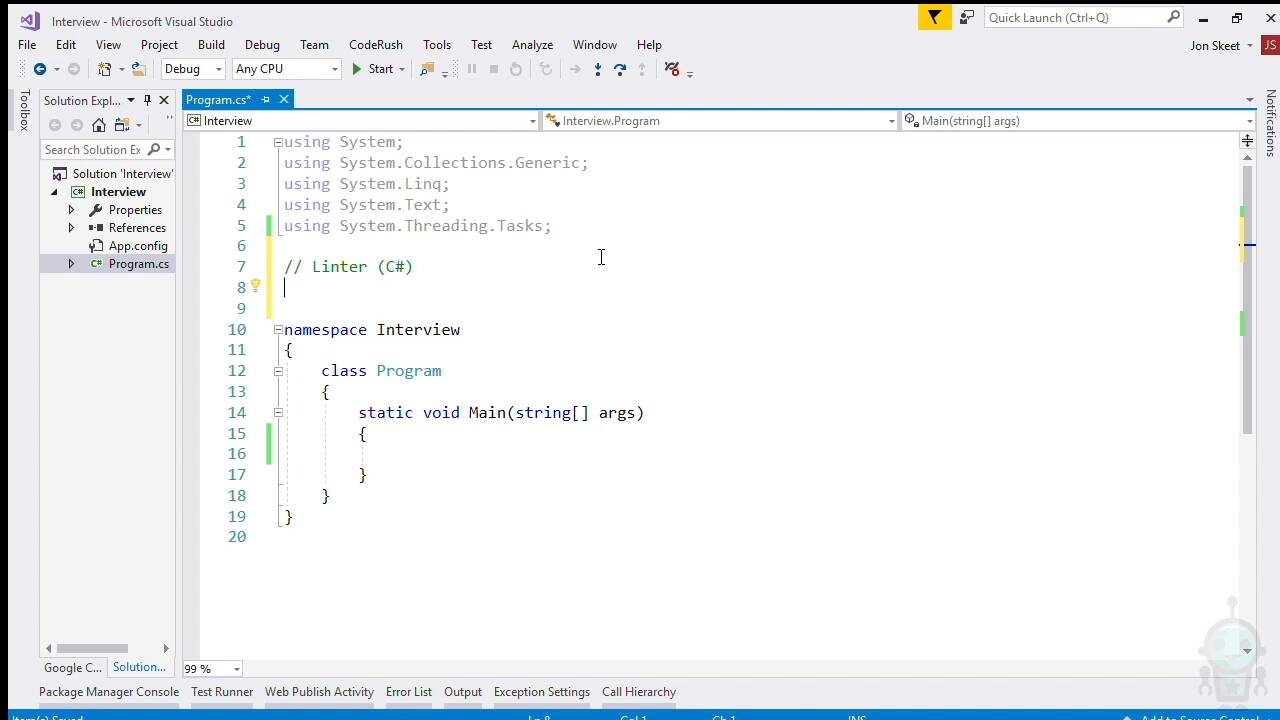
Jon Skeet: Creating a C# Linter
Another traditional question: create a linter for X language. This is more about parsing a string and remembering where you are within it.
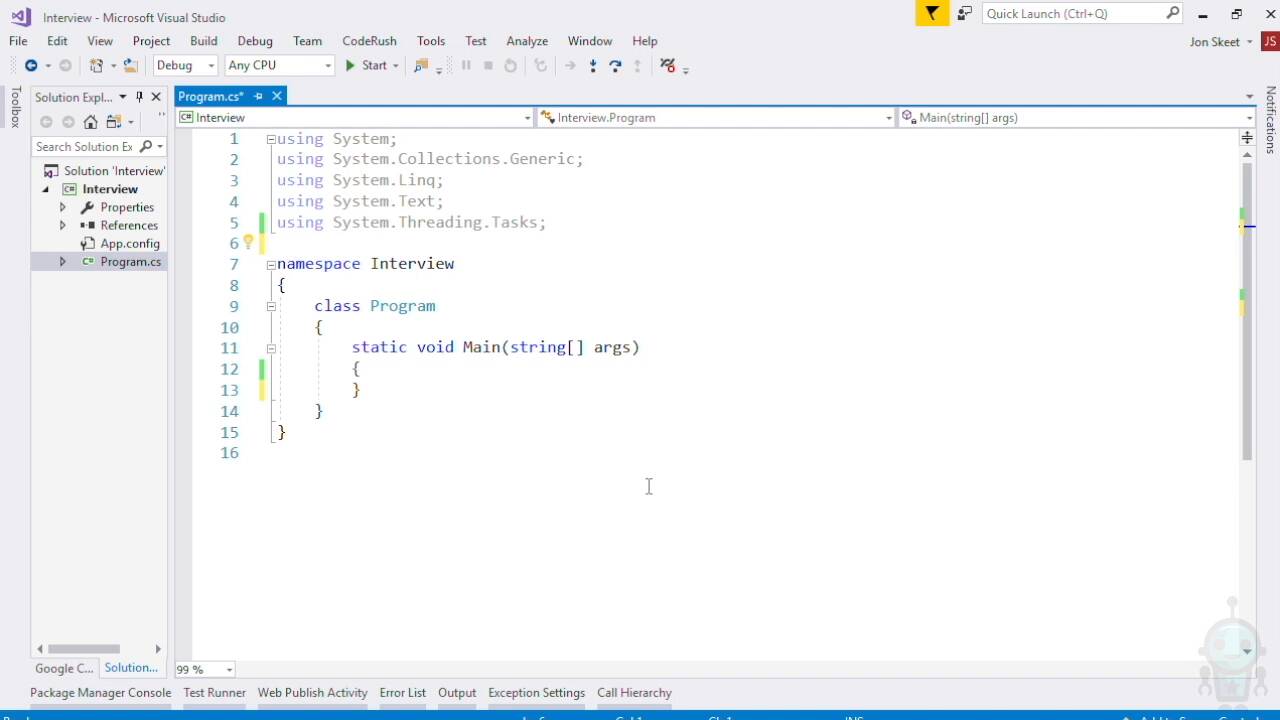
Jon Skeet: Falling From Great Heights
Not all interview questions have to do with code - some are purely logical, designed to see how you would try and solve a really, really hard problem. Skeet couldn't figure this one out...
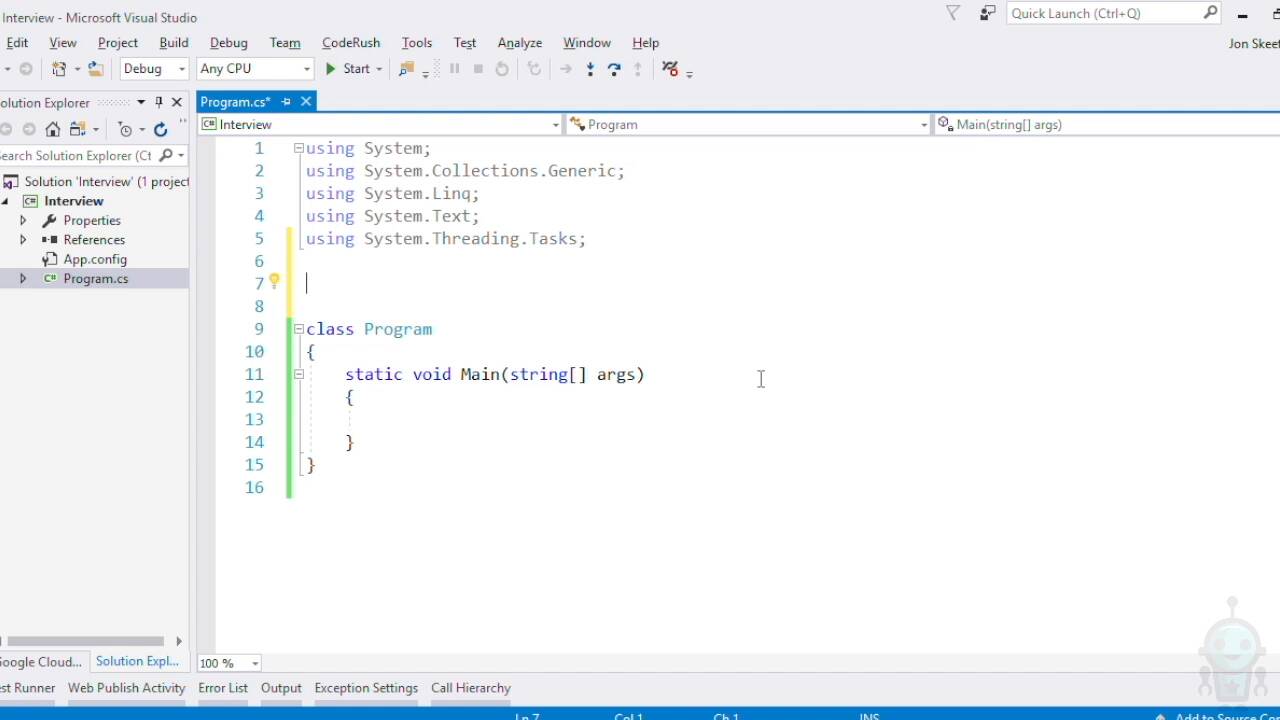
Jon Skeet: Binary Tree Troubles
It's a rule of interviews: 'ask a binary tree question' and that's exactly what I do in this video with Jon. Traversing in different ways, trying to balance along the way.
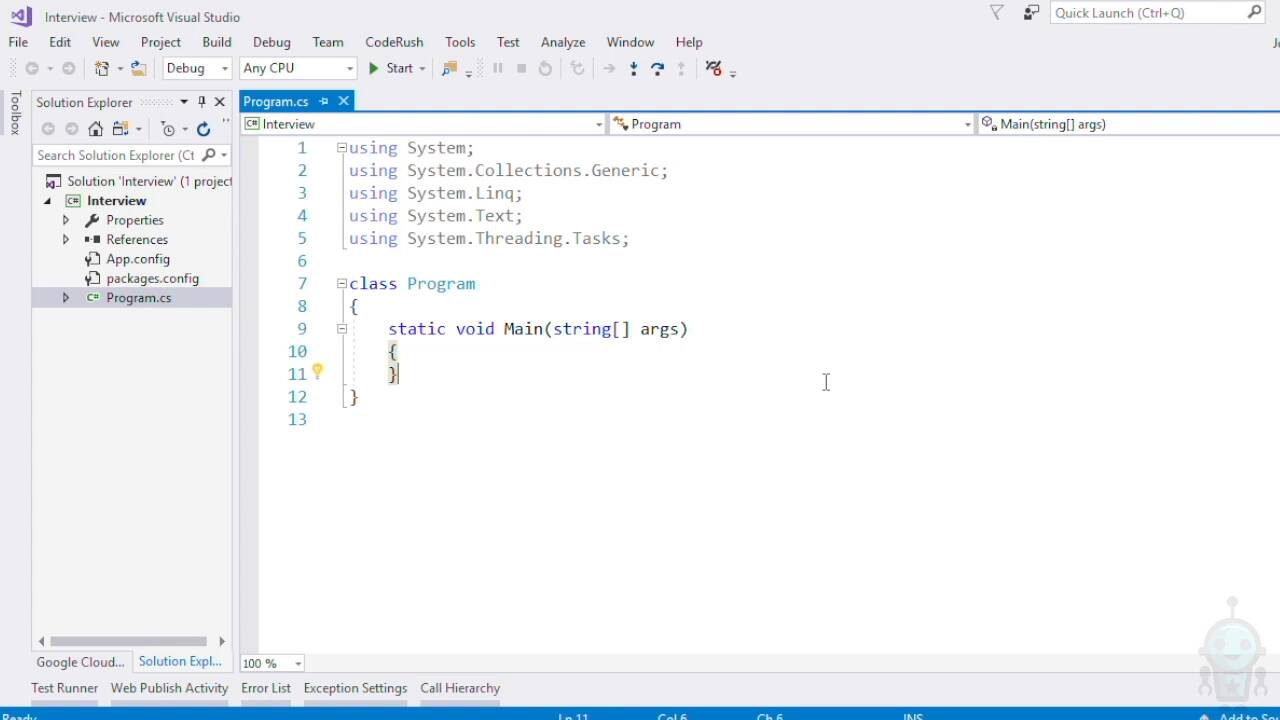
Jon Skeet: Creating a Queue from Scratch
This is another very popular question from larger companies, and requires you to be familiar with linked lists, arrays and stacks.
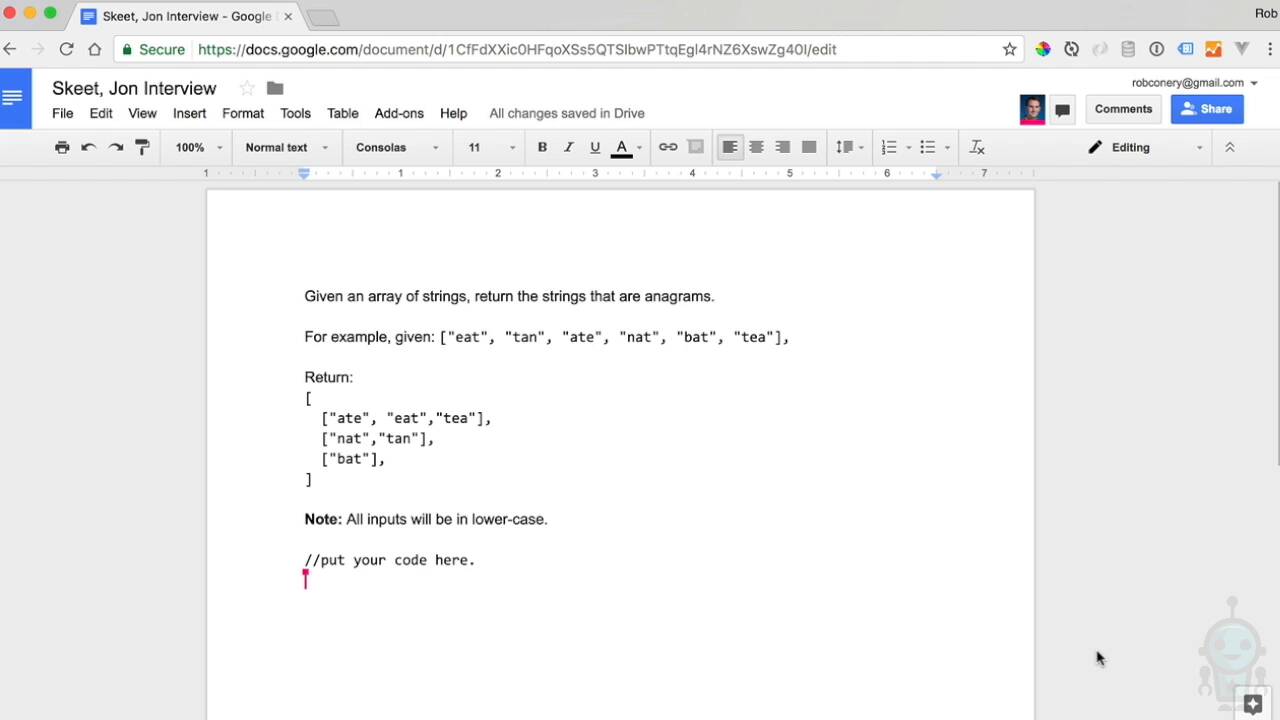
Jon Skeet: Anagram Checker
Let's end things with one that's a bit simpler - creating a string walking function that evaluates anagrams.

Good Luck! You Got This…
You've got this - good luck! Study, remember your strategies and be your best you.